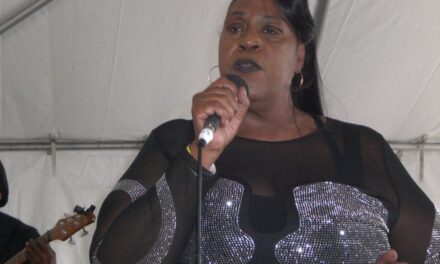Background Scripture: Luke 14:1-6
Lesson Context: This lesson depicts the third occasion in Luke’s Gospel that Jesus shared a meal with a Pharisee. All three interactions share a common pattern of events. Thirdly, Jesus used the opportunity to instruct those in attendance on issues regarding how to follow God. In doing so, Jesus taught his diners to act mercifully in their dealings with other people.
Tense Hospitality (Luke 14:1-2).
A. The Meal (v. 1).
1. “And it came to pass, as he went into the house of the chief Pharisees to eat bread on the Sabbath day, that they watched him.” Jesus conversed with all sorts of people, not declining the society of publicans, though they wee of ill fame, nor of Pharisees, though they bare him ill will, but accepting the friendly invitations both of the one and the other, that, if possible, hemight do good to both. Here he went into the house of one of the chief Pharisees, a ruler, it may be, and a magistrate in his country, to eat bread on the Sabbath day, Luke 14:1.
Christ went in to eat bread, to take such refreshments as was necessary on the Sabbath day.
B. The Sick Man (v. 2).
2. “And, behold, there was a certain man before him which had the dropsy.”
Dropsy is an outdated medical term for a malady characterized by painful swelling of the limbs. The swelling probably resulted from an underlying issue regarding the heart, kidney, or liver. Modern medicine would treat the condition with diuretics. A disease like the one suffered by that man caused insatiable thirst, even as the body retained water. Some first century philosophers thought of swelling diseases as a metaphor for the disease of greed. Greed caused a swelling of a person’s pride, which led this person to seek more wealth. The Pharisees had brought a diseased man before the group in hopes to trap Jesus. Instead, it was the Pharisees who were experiencing a disease in their spirits.
Two Questions (Luke 14:3-6).
A. The First Question (v. 3).
3a. “And Jesus answering spake unto the lawyers and Pharisees, saying”These lawyers were regarded experts in the Torah. (The Torah, also known as the Law of Moses, is comprised of the first five books of the Old Testament. Luke described them alongside the Pharisees as having “rejected the counsel of God” (7:30).
3b. “Is it lawful to heal on the Sabbath day?” Jesus’ question concerned the heart of the Law of Moses. The Law never intended to burden the people . Instead, He wanted His audience to consider the principles of goodness and righteousness intrinsic to the Law of Moses. To heal on the sabbath violated the Pharisees’ strict reading of the law regarding what was acceptable on that day.
B. The Healing (v. 4)
4. “And they held their peace. And he took him, and healed him, and let him go.” The Pharisees and the lawyers were speechless and unable to answer Jesus’ question. Luke does not describe how Jesus took the ailing man and healed him.
Rather than focus on the way Jesus healed. Luke focused on the results of the healing.
C. The Second Question (vv. 5-6).
5. “And answered them, saying, Which of you shall have an ass or an ox fallen into a pit, and will not straightway pull him out on the Sabbath day?” Jesus’ question assumed a positive answer: yes, even on the Sabbath would a person rescue an ox that had fallen into a pit. All of the people at the meal likely agreed that saving the life of this hypothetical animal was acceptable.
6. “And they could not answer him again to these things.” For the second time during the meal, the Pharisees were left speechless. Their refusal to answer might have indicated their collective humiliation and shame.
References: Matthew- Henry Bible Commentary, Standard Lesson Commentary, KJV 2023-2024, International Sunday School Lessons, Enduring Word Bible Commentary











